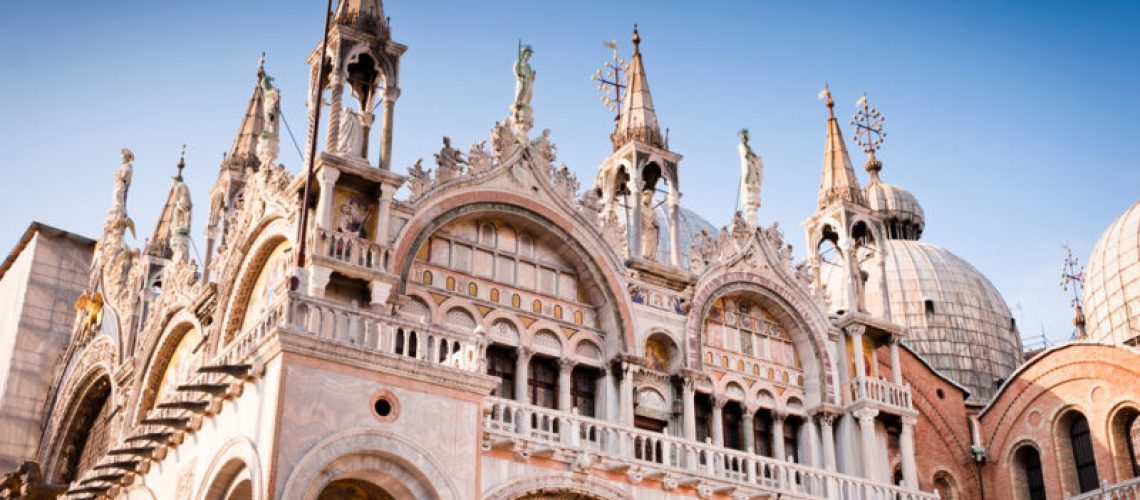Venice is – of course – a city of islands. Eight tiny islands not far from the main island, on the opposite side of the Giudecca Canal, are the “Giudecca”.
The name – which sounds “Zudèca” or “Zuèca” in Venetian – is related to the Latin word “Judaica” (“Judaean”), yet the reason for which this name came to use is a mystery, as the “Ghetto” of Venice was in Cannaregio, and there is no evidence of a Jewish community in the Giudecca area.
The Giudecca is, quite literally, the other side of Venice.
Originally a village of fishermen, then a quiet hideout for some of the great family of Venice, then years of oblivion and a recent renovation program will let you enjoy this hidden Venice at its best, in a great mix of lagoon landscapes, refurbished villas, cozy restaurants and something like 1,500 years of history!
The Giudecca must see
Remember that you are getting to an island from another island and that – strictly speaking – Giudecca is not one island, but a cluster of thirteen islets.
The islets are connected by bridges, with six ferry terminals connecting the Giudecca to the main Venice island.
The Giudecca top attraction is Chiesa del Santissimo Redentore – Church of the Most Holy Redeemer – designed by the famous architect Andrea Palladio and completed in 1592.
The church has paintings by Tintoretto, Paolo Veronese and Francesco Bassano.
The Molino Stucky – Stucky Mill – is a completely different but iconic Giudecca building: a neo – gothic palace built between 1884 and 1895 by Giovanni Stucky, a Swiss tycoon.
The mill had such great maintenance cost that was abandoned, but it has been completely refurbished, even if a fire and the owner’s receivership made things pretty rough again for the Giudecca colossus.
Another must see is the Fortuny showroom and factory: the makers of some of the best top notch quality fabrics in Italy.
While you are on Giudecca, do not forget to enjoy the gorgeous food and view of the Cip’s Club restaurant or, if you want to experience the local life, the La Palanca Bar.

